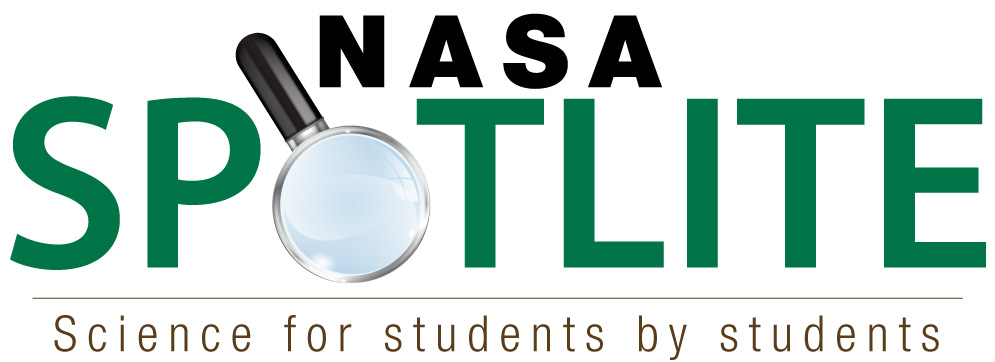

Spotlite Design Challenge:
Solar Eclipse Chasers
Developed in Collaboration with NASA Heliophysics Education Activation Team (NASA HEAT)
Register
Register your learner production teams to receive a Spotlite Design Challenge starter kit with certificates and badges.


Identify the problem:
As NASA Solar Eclipse Chasers, you are challenged to gather and share evidence to confront misconceptions about solar eclipses. Create a video that captures your questions and findings.
Solar eclipses occur when:
- The Moon is between Earth and the Sun; and
- The Moon, Earth and Sun are aligned in such a way that the Moon casts a shadow on Earth's surface
Follow these steps to think and act like scientists as you dig through data and experiment to support a claim that confronts a misconception.
- Select one of the MISCONCEPTIONS and its related CLAIM to investigate.
- Do your own RESEARCH by conducting investigations to gather data and collect evidence to support your claim.
NASA cares about the safety of all learners!
Safety is important anytime you conduct a science investigation. Common sense guidelines should govern all work.
- Always keep your back to the Sun when using a pinhole projector.
- Keep all workspaces neat and organized.
- Wear appropriate personal protective equipment, such as closed-toed shoes.
- Follow directions and ask for clarification.
